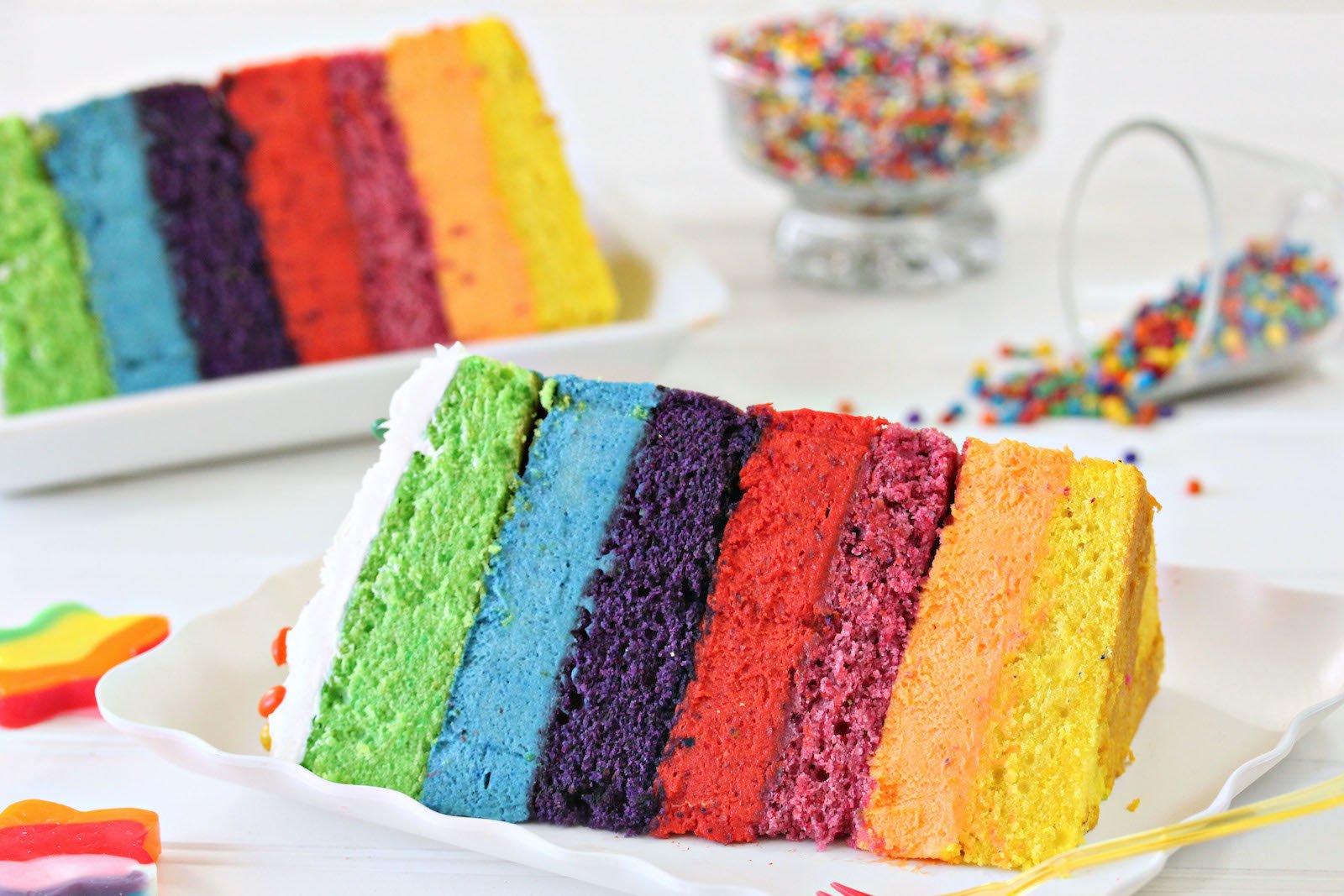General Site Questions
Can I use your recipes or pictures on my site?
If you want to post my pictures or recipes on my site, please read and follow the guidelines in my Recipe and Photo Usage Policy. I appreciate that you want to share my content, and thank you in advance for following my guidelines.
Can I substitute X ingredient in your recipe? How about Y? What if I substitute All The Things?
I have only tested the recipe using the ingredients I’ve listed, so I can’t guarantee the recipe will work (or be palatable) if you make any changes. Unfortunately I’m not able to test the recipes using alternate ingredients, and I can’t always predict whether a substitution will work or not. If you do successfully make substitutions, I’d love it if you’d leave a comment on that post letting others know what works!
Can we work together? Do you accept guest posts or sample products?
If you’re a brand representative who would like to partner with me, please see my Work With Me page for more information. I do not accept guest posts, I do not sell backlinks, and I do not write product reviews.
What camera equipment do you use?
You can see all of the equipment I use for still photography, videos, and live streaming on my Equipment page here.
Do you have a cookbook or classes I can watch?
I sure do! I’ve written a cookbook, The Sweet Book of Candy Making, and you can read more about it here. I have two video classes with Craftsy, and you can learn more about them here.
Recipe Questions
How can I get your recipes emailed to me?
Sign up here to subscribe to my email list. Whenever I post a new recipe, you’ll receive it in your inbox. There is no charge and I will never sell your information!
Can you provide the nutritional information for a recipe?
Yes! Starting in 2017 I began providing basic nutritional information for each new recipe. You can find it listed in each recipe card. I am updating older recipes with nutritional information as well, but it is a work in progress.
Note: The nutritional information provided is generated by a computer, and should be used as a general guideline only. Do not take it as medical advice. If you have specific medical needs or concerns, I strongly recommend doing your own nutritional calculation to be safe.
Can you provide metric measurements?
Yes again! On the recipe card near the ingredients you will notice two buttons: US Customary and Metric. Click the one you want to get those measurements. Again, this is a relatively new feature and older posts are still being updated to include the metric option.
Boo, this recipe didn’t work for me! What happened?
I’m sorry it wasn’t a success! It’s always very hard to know from a brief comment or email what might have gone wrong with the recipe, but I’m happy to help you troubleshoot. From emails I’ve received, I can tell you that the most common culprits behind failed recipes are a) substituting or mis-measuring ingredients b) not reading the recipe all the way through first, and c) not knowing that the oven temperature was wrong.
To maximize your chances of getting a recipe right on the first time, I recommend that you buy and consistently use an oven thermometer, don’t make substitutions the first time you make a recipe, and read it through before you begin, so everything is ready. If you have a kitchen scale, use weight measurements instead of cups for the greatest accuracy.
If you’ve done this and still have a botched recipe, you’re welcome to send me an email and I can try to help. Since I’m not in the kitchen with you, watching how you prepare it, I can’t guarantee that I’ll be able to solve the problem, but I’d love to try—I really want my recipes to work for everyone.
Your weight/cup measurements are clearly wrong.
This is my most common question! Many Americans have been taught that 8 oz = 1 cup, so when they see something like: 1 cup of powdered sugar (4 oz) in a recipe, the questions start flying.
The confusion comes because in the imperial system, there are ounces (a weight measurement) and fluid ounces (a liquid measurement). 8 oz = 1 cup only applies to fluid ounces. If you are measuring liquids in a liquid measuring cup, then yes! 8 ounces is 1 cup! If you are measuring dry goods using a scale, you cannot rely on this formula. Every ingredient will have its own individual weight.
Think about it this way: brown sugar is much denser than powdered sugar. You can tell just by holding a spoonful of each that the brown sugar is heavier. If you were to weigh them, you would find that a cup of brown sugar weighs 7.5 oz, while a cup of powdered sugar weighs 4 oz. They clearly do not conform to the old 8 oz = 1 cup trope.
So which measurements should you use when baking? If you have a kitchen scale, then I always recommend going by weight for greatest accuracy. But if you prefer cups, then by all means, use those instead.
Do you have low- or no-sugar recipes? What about other specialty diets?
Most of the desserts here use refined sugars of some sort, and while some of them are vegan or gluten-free, when that happens it’s usually a bonus and not intentional. This may change in the future, but for now, SugarHero! is still full of gluten and refined sugar and all that stuff.
Don’t you know that refined sugar will kill you?
Please don’t send me emails about how unhealthy you think sugar is. Really, don’t. If you feel that way, then a website called SugarHero! is probably not the best place for you. I would never call sugar a health food, but I love it and I don’t think there’s anything wrong with the occasional sugary treat.












